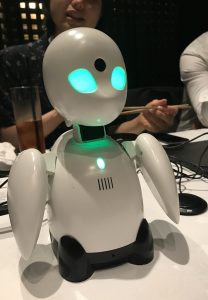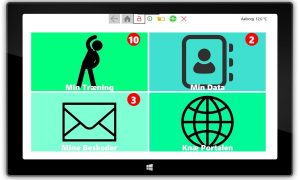Listening to the patients: using participatory design in the development of a cardiac telerehabilitation web portal
Katrine Joensson, Camilla Melholt, John Hansen, Soeren Leth, Helle Spindler, Mathias Vassard Olsen, Birthe Dinesen
Abstract
Background: Cardiovascular disease is the leading cause of all deaths worldwide. Cardiac rehabilitation is an effective approach for preventing secondary complications, but it remains a complex intervention because of the need for lifestyle changes. One solution is to employ interactive telerehabilitation or eHealth web portals. However, these have not been implemented as intended by developers. The aim of this study was to evaluate the design and usability of a cardiac telerehabilitation web portal, called the ‘HeartPortal’, for use among heart failure (HF) patients.
Methods: The HeartPortal was designed using participatory design (PD). The design process involved HF patients, their relatives, healthcare professionals (HCP), healthcare company specialists and researchers. Self-determination theory (SDT) was used to enable the design to elicit intrinsic motivation within the patients. With eHealth literacy skills in mind, the goal of the HeartPortal was to successfully target the end-users. The PD process and data collection techniques included cultural probes, workshops, participant-observation, questionnaires, and problem-solving tasks.
Results: The PD process helped us design an interactive web portal, the HeartPortal. Based on participants’ feedback, the design incorporated features such as being able to make notes and to communicate with HCP, view data from self-tracking devices in a graphic form, and to obtain information on rehabilitation in the form of text, audio, and video. More than half of those testing the HeartPortal found that it was easy to navigate, and most of the users stated that it had an excellent structure and that using it could possibly improve their condition.
Conclusions: Overall, the HeartPortal was found to be logical and easy to navigate and will now be tested in a clinical trial within the Future Patient Telerehabilitation Program.
The full article is available here.


